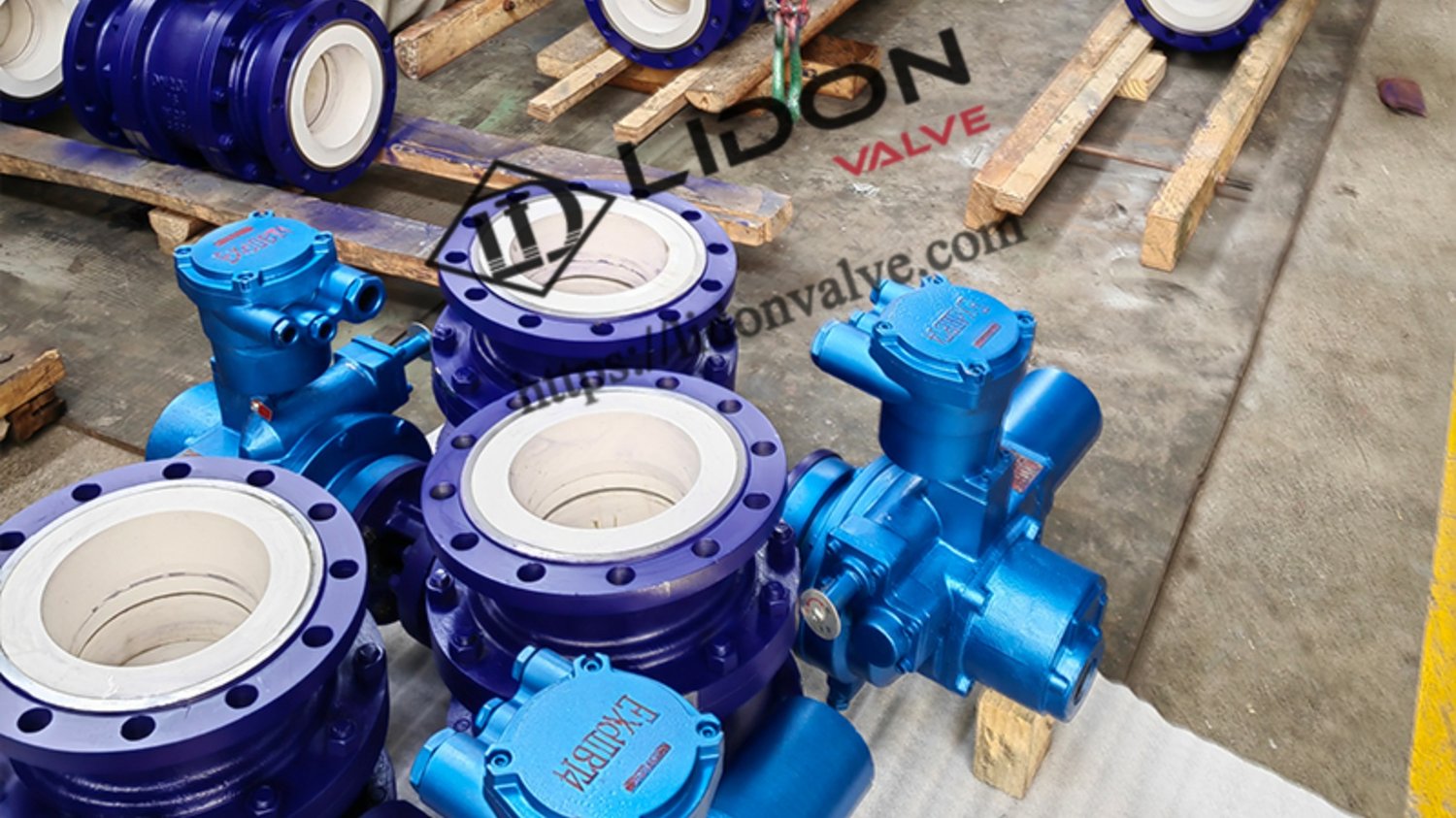high quality ceramic ball valves: The Ultimate Guide
When it comes to fluid control in various industries, high quality ceramic ball valves have become the go-to choice. These valves offer exceptional durability, reliability, and performance, making them ideal for critical applications. In this comprehensive guide, we will explore the various aspects of high quality ceramic ball valves, including their construction, advantages, applications, and more.
1. Understanding Ceramic Ball Valves
Ceramic ball valves are a type of quarter-turn valve that use a ceramic ball as the closure element. The ball has a hole or bore through it, allowing fluid to pass when the valve is open and blocking the flow when the valve is closed. The ceramic material used in these valves provides excellent resistance to wear, corrosion, and high temperatures, making them suitable for demanding environments.
2. Construction of High Quality Ceramic Ball Valves
High quality ceramic ball valves are constructed using advanced ceramic materials such as alumina (Al2O3) or zirconia (ZrO2). These materials offer exceptional mechanical properties, including high hardness, strength, and thermal stability. The valve body and trim components are typically made from ceramics, ensuring excellent resistance to abrasion, erosion, and chemical attack.
3. Advantages of High Quality Ceramic Ball Valves
High quality ceramic ball valves offer numerous advantages over traditional metal valves. Firstly, their ceramic construction provides superior resistance to wear, ensuring long service life and minimal maintenance. Secondly, ceramic valves are highly corrosion-resistant, making them suitable for corrosive fluid handling applications. Additionally, their low friction coefficient enables smoother operation and reduces the risk of leakage.
4. Applications of High Quality Ceramic Ball Valves
High quality ceramic ball valves find applications in a wide range of industries, including oil and gas, chemical processing, power generation, water treatment, and mining. These valves are commonly used in processes involving abrasive slurries, high temperatures, and corrosive fluids. Their ability to withstand harsh operating conditions makes them an excellent choice for critical applications where reliability is paramount.
5. Factors to Consider When Selecting Ceramic Ball Valves
When selecting high quality ceramic ball valves, several factors should be taken into account. These include the operating temperature and pressure, the nature of the fluid being handled, the required flow rate, and the overall system compatibility. It is crucial to consult with valve experts or manufacturers to ensure the correct valve design and materials are chosen for optimal performance and longevity.
6. Maintenance and Care for Ceramic Ball Valves
To maintain the performance and longevity of high quality ceramic ball valves, proper maintenance and care are essential. Regular inspection and cleaning of the valve components, such as the ball, seats, and seals, help prevent buildup and ensure smooth operation. It is also important to follow the manufacturer's guidelines for lubrication, tightening torque, and any specific maintenance requirements.
7. Comparing Ceramic Ball Valves to Other Valve Types
While ceramic ball valves offer exceptional performance, it is important to consider other valve types for specific applications. For example, globe valves may be more suitable for precise flow control, while butterfly valves may offer better cost-effectiveness for large diameter applications. Consulting with valve specialists can help determine the most appropriate valve type based on the specific requirements of the application.
8. Trends and Innovations in Ceramic Ball Valve Technology
The field of ceramic ball valve technology is continuously evolving, with ongoing research and development efforts focused on enhancing performance and expanding applications. One notable trend is the integration of advanced coatings and surface treatments to further improve wear resistance and reduce friction. Additionally, manufacturers are exploring new ceramic materials and composite designs to push the boundaries of valve performance.
9. The Future of High Quality Ceramic Ball Valves
The future of high quality ceramic ball valves looks promising, with increasing demand across various industries. As technology advances and materials improve, ceramic ball valves are expected to play an even more significant role in critical applications. Their ability to withstand extreme conditions, coupled with their excellent performance, make them a reliable choice for the future.
10. Conclusion
In summary, high quality ceramic ball valves offer unparalleled durability, reliability, and performance. Their ceramic construction, coupled with advanced materials, ensures resistance to wear, corrosion, and high temperatures. These valves find applications in diverse industries and are suitable for handling abrasive slurries, corrosive fluids, and high temperatures. By considering the specific requirements of the application and consulting with experts, the right ceramic ball valve can be selected for optimal fluid control.

